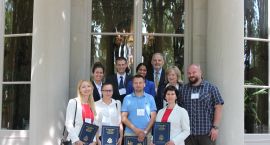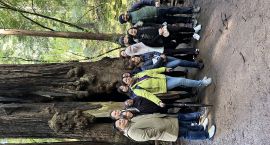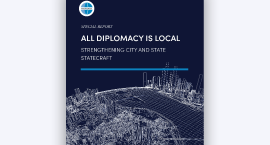Ideas and knowledge are an increasingly important part of trade. Many products that used to be traded as low-technology goods or commodities now contain a higher proportion of invention and design in their value. Films, music recordings, books, computer software, on-line services, clothing, food, plants, biotechnology products, and many others are bought and sold because of the information, creativity, and identity they contain — not usually because of the plastic, metal, cloth, paper or other material used to make them (see more here). Over the past decade, the production of intellectual property rights has undergone tremendous changes, in part because of a widening of the range of products and technologies covered by proprietary rights and also by policy shifts that have initiated a move towards global standards of protection.
What’s more is that intellectual property enforcement globally is an important foreign policy topic as evidenced by the State Department’s Office of Intellectual Property Enforcement, which advocates for the effective protection and enforcement of intellectual property rights (IPR) around the world. While the protection of intellectual property may not seem to many a critical topic for international visitor programs, it actually plays an important role across a range of fields and endeavors around which we design projects.
Elements of IPR protection are inherent in a number of project themes. These may include: global trade and competitiveness; the performing, visual and digital arts (music); technology transfer; entrepreneurship; public health, biodiversity and agriculture; university business and legal education.
Whether you are looking to include a meeting on IPR or build an entire project around this theme, some resources to consider might include:
- Federal/state government regulatory and enforcement agencies;
- Trade associations;
- Businesses and business-related organizations such as chambers of commerce;
- University business, entrepreneurship, and law programs;
- IPR and patent and trademark attorneys;
- Product specific entities;
- Advocacy groups on both sides of the issues (i.e., timing for generic drug development);
- Media and entertainment sectors; and
- Scientific research institutions
While some projects will require one or two meetings on IPR, at times, you may need to program an entire segment around this issue. In the latter case, collaboration with the NPA team can help avoid repetition and bring out creative ways to approach the topic. It’s important to remember that, while IPR isn’t part of our daily lexicon, it is a critical component of the contemporary global marketplace.
















